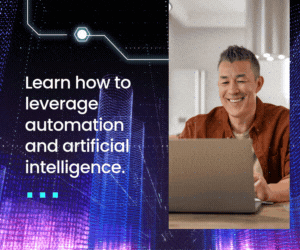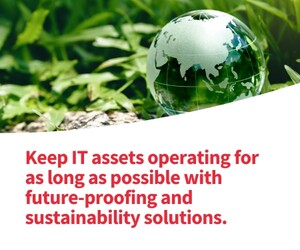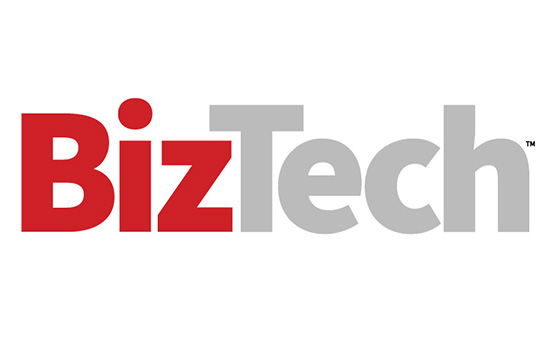Technologies such as cloud computing and generative artificial intelligence (GenAI) help businesses reduce downtime, improve operations and develop long-term strategies for success.
These same technologies present two growing challenges, however: power and pollution. According to Gartner, 40% of data centers will be “operationally constrained” by 2027 as the need for power outstrips utility providers’ capacity. States such as Texas are looking to bridge the gap with new power plant projects, but this could add pollution equivalent to 27 million new vehicles.
This creates a challenge for businesses: How do they deploy new technology while still hitting their sustainability goals?
Click the banner below to prepare your data center for the next phase of AI.
What’s Driving Sustainability Efforts in Financial Services?
The biggest driver of sustainability efforts in business data centers is AI.
AI performance is impacted by the location of the data, and companies must balance the need for higher levels of security and control provided by on-prem data centers with complex, large-scale data analytics, which are better suited for cloud-based AI solutions.
This has precipitated a trend of financial services institutions (FSIs) repatriating some data from the cloud back to local data centers. Storing this data, however, requires a lot of space and power. Advanced AI tools are similarly power-hungry, leaving companies with rising utility bills and diminishing power availability.
Evolving regulatory environments also play a role in sustainability efforts. For example, several new bills under review in California could require companies to disclose the energy needed to train AI models, keep energy costs low for residential consumers and offload higher prices to power-intensive data center operators.
Click the banner below to learn how CDW's sustainability services can help your financial team.
One Question for Better Sustainability
There’s no one-size-fits-all approach to sustainability. For some organizations, the priority is lowering their carbon footprint. For others, it’s all about minimizing power consumption without sacrificing data center performance. Each organization has its own objectives when it comes to sustainability, and each must balance these objectives against its performance needs and cost considerations.
To make the most of an organization’s sustainability efforts, CDW starts with one question: What does sustainability mean for you?
If energy consumption is the priority, services such as real-time data center monitoring can help mitigate overspending. If the goal is improved energy efficiency, installing lithium batteries to power critical operations might be part of the solution. Businesses that aren’t sure where to start with sustainability should work with a qualified partner to pinpoint problems and create targeted solutions.
For example, most FSIs operate hybrid infrastructures, with some workloads running on-premises and others in the cloud. But are they running each workload in the right place? Operations that are not time- or data-sensitive, for example, are best kept in the cloud. Leaving them on-prem increases power consumption without appreciable benefits. AI tools and AI data sets, meanwhile, should usually stay local. While this means more demand on power grids and local infrastructure, it also improves the efficiency of AI training and helps IT teams identify and resolve any issues with bias, accuracy or reliability.
RELATED: The advanced tech that is powering modern networks.
In Sustainability, Ignorance Is Expensive
When it comes to sustainability efforts, what you know can be expensive to address. What you don’t know, meanwhile, can break the bank.
Imagine a bank is rolling out new AI chatbots to help improve customer service: It follows best practices by building secure models in-house, conducting in-depth testing and bringing critical data back onsite. It knows that AI tools will consume more power than current solutions. What it doesn’t know, however, is the impact of always-on, always-learning AI tools on its data center infrastructure — and, in turn, on the energy bill due to support increased cooling and compute needs. The bank may also underestimate the impact of high demand on device lifecycles, which can lead to unexpected capital costs.
These are complex questions. Put simply, the sooner your business can develop and deploy sustainable data center strategies, the better off it will be. Here’s where you can get help.
Click the banner below to sign up for our newsletter and receive more business IT insights.

















